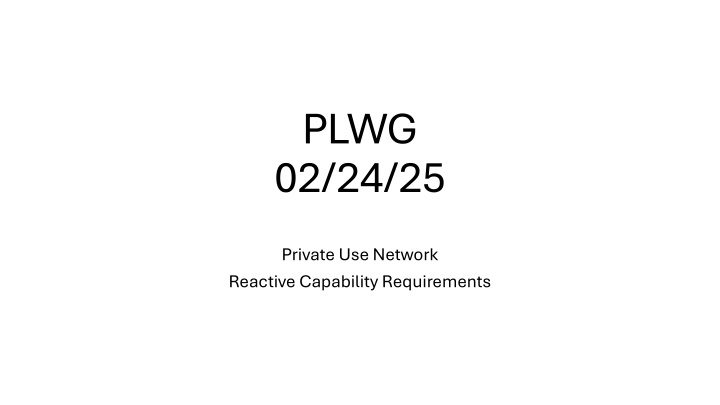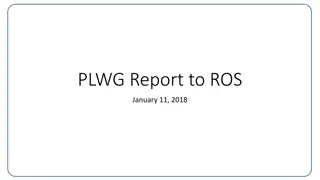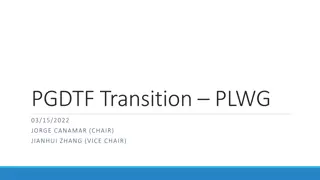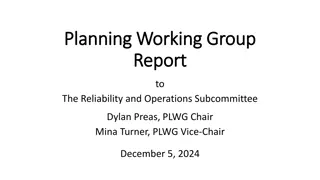
Private Use Network Reactive Capability Requirements Overview
Understand the requirements for private use network reactive capability, including voltage set points, power factor capabilities, and measurement standards. Learn how generators and loads on private networks must comply with reactive power requirements for real-time operations. Explore examples and clarifications to ensure compliance with protocols.
Uploaded on | 2 Views
Download Presentation

Please find below an Image/Link to download the presentation.
The content on the website is provided AS IS for your information and personal use only. It may not be sold, licensed, or shared on other websites without obtaining consent from the author. If you encounter any issues during the download, it is possible that the publisher has removed the file from their server.
You are allowed to download the files provided on this website for personal or commercial use, subject to the condition that they are used lawfully. All files are the property of their respective owners.
The content on the website is provided AS IS for your information and personal use only. It may not be sold, licensed, or shared on other websites without obtaining consent from the author.
E N D
Presentation Transcript
PLWG 02/24/25 Private Use Network Reactive Capability Requirements
ERCOT Protocol 3.15 (4) (4) Each Generation Resource and ESR required to provide VSS shall comply with the following Reactive Power requirements in Real-Time operations when issued a Voltage Set Point by a TSP or ERCOT: (a) An over-excited (lagging or producing) power factor capability of 0.95 or less determined at the unit's maximum net power to be supplied to the ERCOT Transmission Grid and for any Voltage Set Point from 0.95 per unit to 1.04 per unit, as measured at the Point of Interconnection Bus (POIB); (b) An under-excited (leading or absorbing) power factor capability of 0.95 or less, determined at the unit's maximum net power to be supplied to the ERCOT Transmission Grid and for any Voltage Set Point from 1.0 per unit to 1.05 per unit, as measured at the POIB;
Measurement of Reactive Capability For non-IRRs Reactive Capability is measured and reported at the Generator Terminals For IRRs the Corrected Unit Reactive Limit (CURL) is reported at the low side of the Main Power Transformer (MPT) 3.15 (4) (e): For Intermittent Renewable Resources (IRRs), the Reactive Power requirements shall be available at all MW output levels at or above 10% of the IRR s nameplate capacity Per 3.15 (4) the Generator, even on a Private Use Network, must be able to maintain +/-0.95 PF at the POIB at the real time maximum net capability to the grid We 100% agree with all of the above! The purpose of NPRR 1272 is to clarify PUNs meet all the above without punitive treatment.
Private Use Network Reactive Support Any time the Generator and a Load on a Private Use Network (PUN) are independently running at +/-0.95 Power Factor the corresponding Power Factor at the POI is 0.95. In the case where power is being exported to the grid the Power Factor will be +0.95 In the case where power is being imported from the grid the Power Factor will be -0.95 The Load on a PUN is always required to maintain its Power Factor as required by the Utility tariff Since Generators are generally pushing MW/MVAR and Industrial Loads are pulling MW/MVAR, each MW/MVAR produced by a Generator on a PUN simply cancels out a MW/MVAR from the Load as measured at the POIB
Excel spreadsheet submitted to illustrate the situation where the Protocols are being misinterpreted and to run scenarios as PLWG members wish. Questions?




